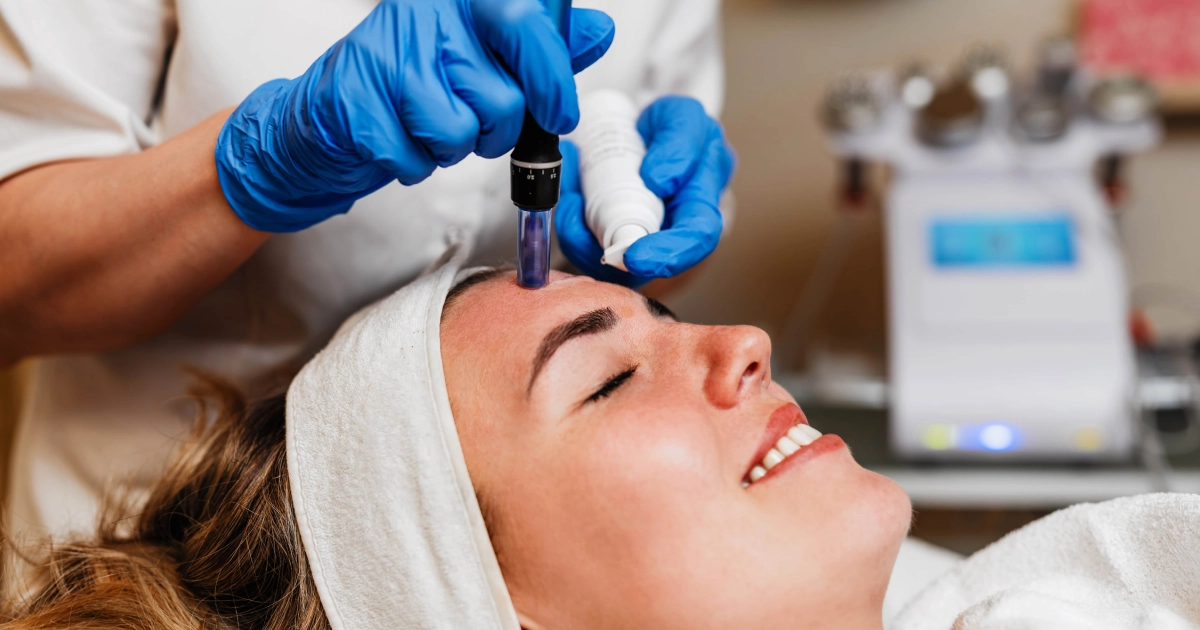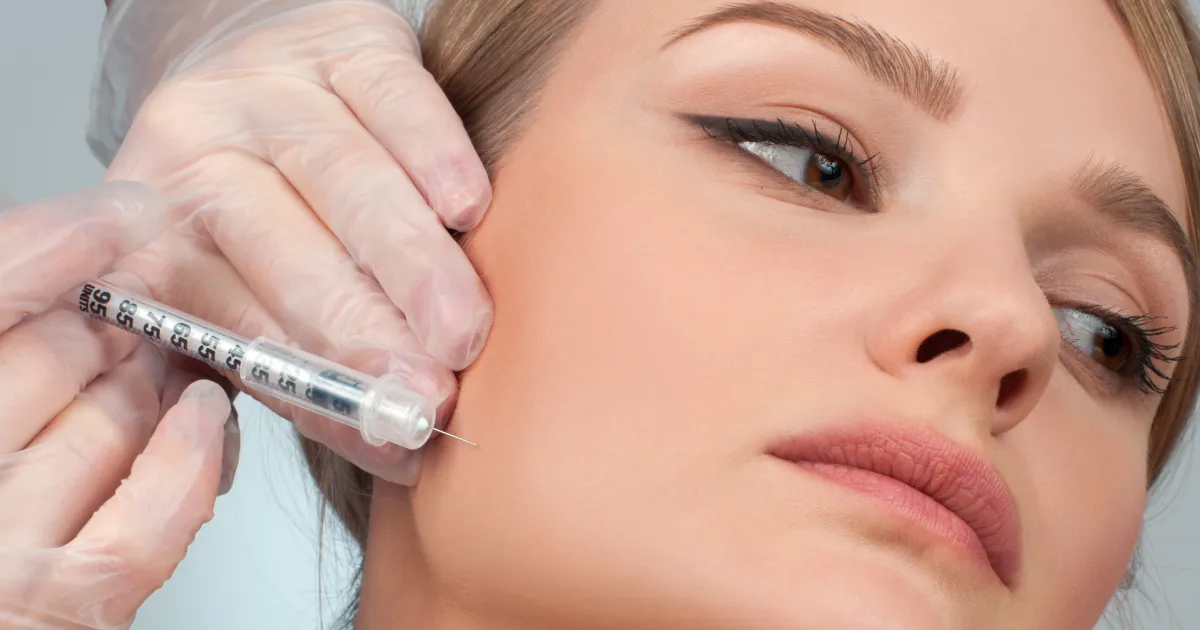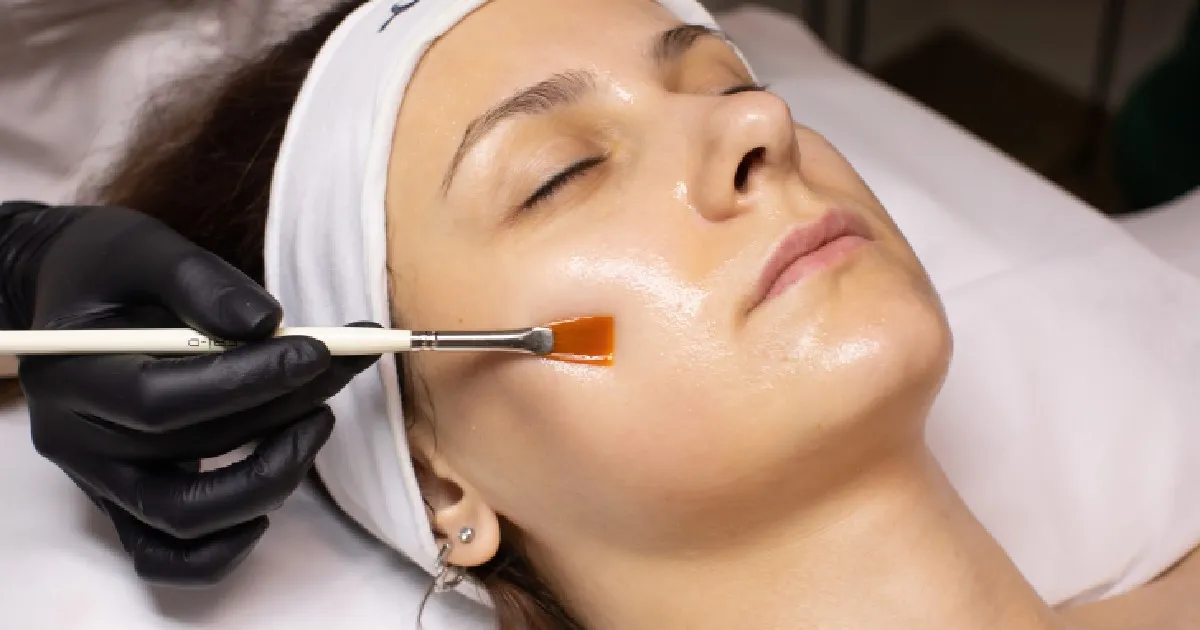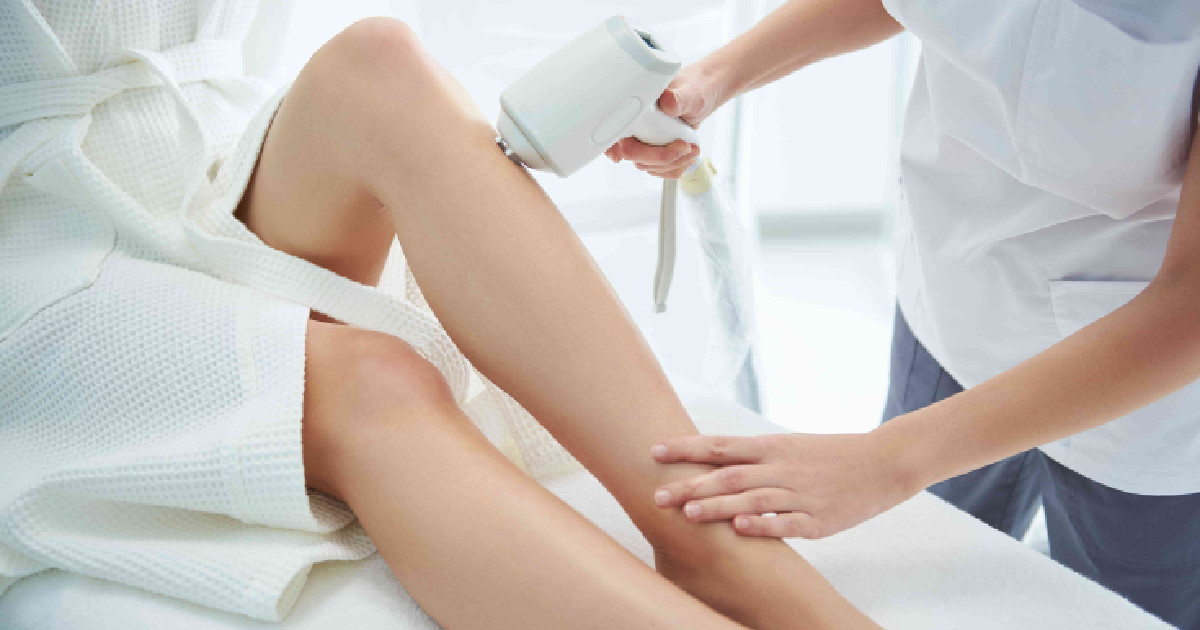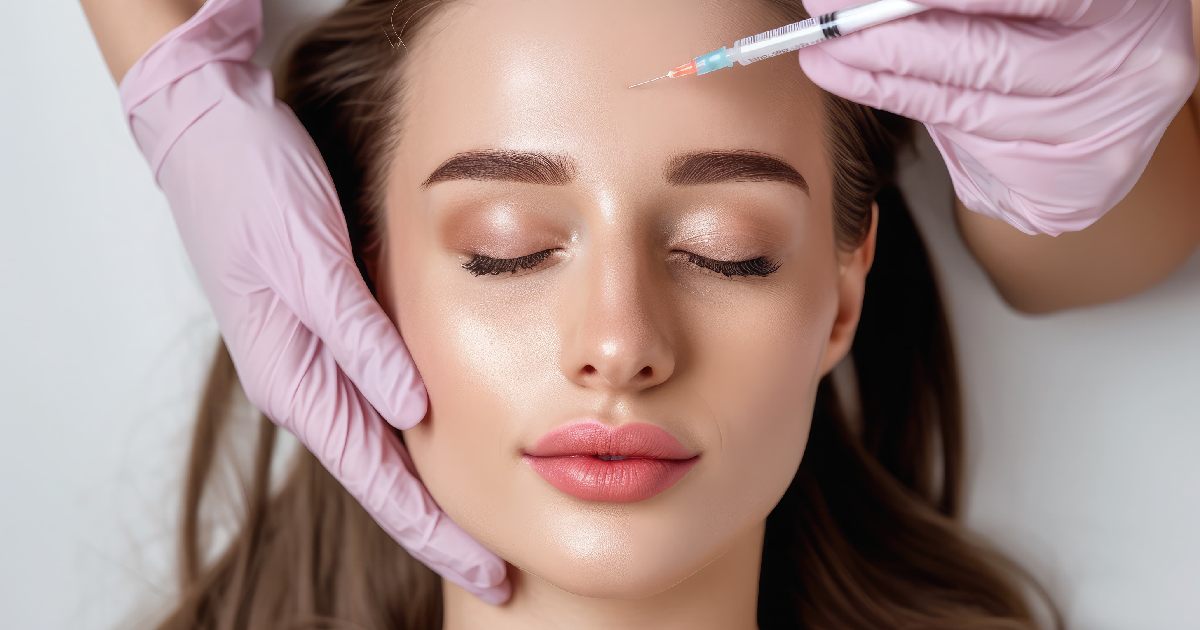Introduction
Acne scars from previous acne outbreaks can persist, potentially undermining self-assurance and sparking a wish for a more even complexion. While various treatments exist to address acne scars, dermal fillers have gained popularity as a potential solution. Let’s explore the effectiveness of dermal fillers in treating acne scars, the process involved, and what you should know before considering this treatment option.
Understanding Dermal Fillers
Injectable materials known as dermal fillers are employed to increase fullness, reduce the appearance of wrinkles, and refine facial features. These fillers are made from various compounds, with hyaluronic acid being particularly popular. This substance, naturally found in the skin, aids in moisture retention and creates a plumping effect.
Poly-L-lactic acid, polymethylmethacrylate (PMMA), and calcium hydroxylapatite are examples of substitute dermal filler types. When it comes to treating acne scars, dermal fillers are typically used to fill in the depressions or “ice pick” scars left behind by severe acne. The fillers help to smooth out the skin’s surface, creating a more even complexion.
How Dermal Fillers Treat Acne Scars
Acne scars can leave lasting impressions on the skin, often creating deep depressions and uneven texture that are difficult to manage with traditional skincare products alone. These scars can now be effectively treated with dermal fillers to improve their look. Here’s how dermal fillers work to treat acne scars:
- Volume Restoration: Dermal fillers treat acne scars by restoring lost volume, particularly atrophic scars, which appear as depressions due to tissue loss during healing. These marks are filled in with dermal filler injections, which raise the skin and smooth its surface. By adding volume beneath the scar, the filler helps create a more even skin texture and reduces the depth of the scar, making it less noticeable.
- Collagen Stimulation: Certain types of dermal fillers not only provide immediate volume but also stimulate the body’s natural collagen production. For instance, collagen, a protein that gives skin its structure and suppleness, is synthesized when fillers like Sculptra® and others made from poly-L-lactic acid are used. This increase in collagen has the potential to further improve the skin’s firmness and texture over time, which will boost the appearance of acne scars in the long run and improve the treatment’s overall outcomes.
- Immediate Improvement: The immediate results achieved after employing dermal fillers for acne scars are among their most appealing characteristics. Unlike some other treatments that may require weeks or months to show improvement, dermal filler injections provide an almost instant reduction in the appearance of scars. As the filler is injected, it immediately lifts and smooths the skin, offering a visible difference right after the procedure, making it a convenient option for those looking for quick results with minimal downtime.
- Tailored Treatments: Dermal fillers allow for tailored treatments that can be precisely adjusted to address each individual’s specific requirements. The medical professional can select the right kind of filler and modify the dosage based on the type and severity of the acne scars. With this tailored approach, every patient is certain to receive the best possible care for their specific skin issues.
- Minimal Downtime: Dermal fillers offer quick and minimal downtime for treating acne scars, allowing patients to resume their normal activities almost immediately. The injection site may experience some slight bruising or swelling, but these side effects usually go away in a few days. Because of this, dermal fillers are a desirable alternative for people with hectic lifestyles who cannot afford to have lengthy recovery times.
- Complementary to Other Treatments: To improve overall results, dermal fillers can also be used in conjunction with other treatments for acne scarring. For example, fillers can be combined with laser treatments or microneedling to address different aspects of acne scarring. While the fillers add volume and smooth the skin’s surface, other treatments can target skin texture and pigmentation, offering a more comprehensive approach to scar reduction.
The Procedure: What to Expect
The process of getting dermal fillers for acne scars is relatively straightforward. It usually involves the following steps:
- Consultation: At the initial visit, a qualified practitioner will examine your skin to determine whether dermal fillers are a good fit for you. They will discuss your medical history, any dermal fillers side effects, and the expected outcomes.
- Preparation: The skin is cleaned on the day of the procedure, and a topical anesthetic may be used to reduce pain during the injections.
- Injection: The dermal filler is then injected into the targeted areas using a small needle. The procedure takes approximately thirty to an hour, depending on how many scars are treated.
- Aftercare: Following the surgical procedure, patients are given instructions to stay away from physically demanding activities and exposure to severe temperatures for a few days. Although minor bruising or swelling could happen, these symptoms usually go away in a week.
Potential Side Effects and Risks
Like any cosmetic procedure, dermal fillers carry some risks. Common dermal fillers side effects include:
- Swelling and Bruising: These side effects are often experienced after injection sites and normally go away in a few days.
- Infection: Although rare, an infection at the injection site is possible. Using the right sterilization procedures and following care guidelines are crucial to reduce this risk.
- Lumps or Bumps: Some patients may experience the development of little lumps or bumps under the skin, which frequently go away with time or can be massaged out.
- Allergic Reactions: Rarely, individuals may experience an allergic reaction to the filler material. It’s important to discuss any known allergies with your practitioner beforehand.
How Long Do the Results Last?
The duration of dermal filler effects on acne scars differs based on the specific filler chosen and the patient’s skin characteristics. Fillers containing hyaluronic acid generally remain effective for 6 to 12 months, whereas alternatives such as poly-L-lactic acid may yield results lasting up to 2 years. To maintain the improvements, follow-up treatments are frequently suggested.
Is Dermal Filler Treatment Right for You?
Dermal filler injections can be an effective solution for those looking to reduce the appearance of acne scars, especially for individuals with deeper, more pronounced scarring. However, in order to determine whether this procedure is appropriate for your skin type and scar severity, it is essential that you speak with a qualified dermatologist or cosmetic surgeon.
Moreover, dermal fillers provide quick, noticeable enhancements, allowing ongoing improvements to maintain your desired look over time. Patients are encouraged to consider the benefits of treatment, keeping in mind the value of the investment, ongoing care, and the potential for continued improvements with follow-up visits.
Conclusion
Dermal fillers can reduce acne scar appearance by restoring volume and stimulating collagen production, enhancing skin texture and overall complexion. The Sculptry offers Dermal Fillers, which are non-surgical injections that restore volume, smooth wrinkles, and enhance facial contour, using FDA-approved hyaluronic acid to effectively treat acne scars and improve skin texture. Unveil smoother skin with Dermal Fillers, the non-surgical solution that effectively treats acne scars and restores your natural beauty.


